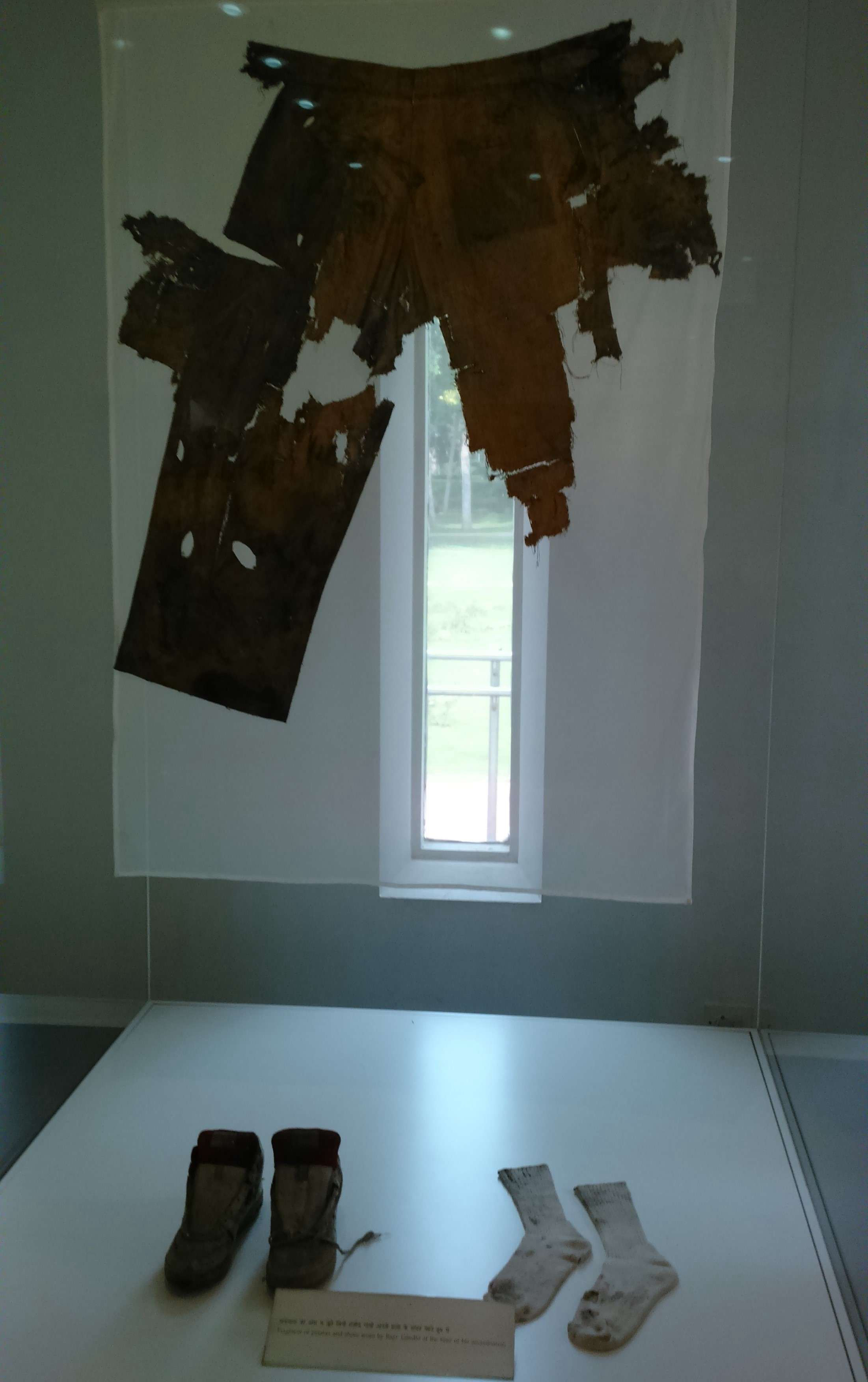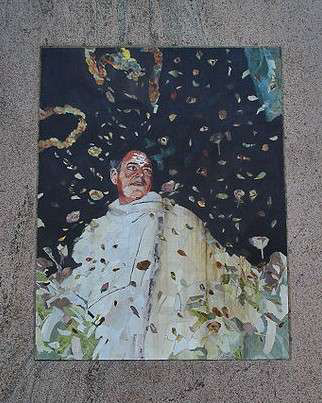
Source: upload.wikimedia.org
We are observing the National Anti-Terrorism day on 21 May to spread awareness about the violence triggered by terrorism in our country. It is observed to provide knowledge to the youth about terrorism, its impact on human sufferings and lives. National Anti-Terrorism day is also observed in the memory of former Indian Prime Minister Rajiv Gandhi who passed on this day. Rajiv Gandhi’s last public meeting was at Sriperumbudur on 21 May 1999, in a village approximately 30 miles from Madras, Tamil Nadu, where he was assassinated while campaigning for the Sriperumbudur Lok Sabha Congress candidate.
Numerous people know about this tragedy, but very few people know that United States Central Intelligence Agency (CIA) had already arranged a very comprehensive and systematic brief on what happens if Rahul Gandhi is assassinated, that too, 5 years before the assassination. And this report was declassified by the CIA very recently. The whole report is not available as it is moderately deleted, and it was arranged based on inputs available to the CIA till January 1986. The very first sentence of the report’s available the page reads, “Prime Minister Rajiv Gandhi faces at least an even chance of assassination is the major near-term threat to him”.

Source: commons.wikimedia.org
In this report, a section was titled “The threat of Assassination: Stability in Jeopardy”, the report articulates, “In our view, there is at least an even chance in the next several years of an assassination, most likely by extremist Sikhs or disgruntled Kashmiri Muslims who have targeted Rajiv, besides “a fanatical Hindu”.
This assassination was carried out by the Liberation Tigers of Tamil Nadu Eelam (LTTE) suicide bomber Thenmozhi Rajaratnam, likewise known as Gayatri and Dhanu. At 10:10 pm, the assassin Dhanu moved toward Rajiv Gandhi in a public meeting and greeted the former Prime Minister. She then bent down to touch his feet, an expression of respect among Indians and signified a belt laden with 700 grams of RDX explosive tucked under her dress. The former Prime Minister along with many others were killed in this explosion that followed this event. However, the most shocking part of this assassination was already assessed by the CIA five years before Rajiv Gandhi was killed. ‘India After Rajiv…’, which was a 23-page report was put out as early as March 1986.

Source: commons.wikimedia.org
It is believed that it all started in 1998 when Rajiv Gandhi overturned the rebellion in the Maldives provoking militant Tamil outfits such as PLOTE. Rajiv Gandhi was similarly responsible for first intervening and then sending Indian troops, the Indian Peace Keeping Force or IPKF, for peace efforts in Sri Lanka in 1987, which soon concluded in an open fight with the Liberation Tigers of Tamil Eelam group. In mid-1987, the Bofors scandal also broke his truthful, corruption-free image and resulted in a major defeat for his party in the 1989 elections. But Rajiv Gandhi remained Congress President until the elections in 1991.
The first section of this report was titled ‘Key Judgements’, which investigated and reflected upon what likely scenario would occur in the national and international political state of affairs if there is an unexpected change in leadership and the likely impact on India’s relations with the US. The report also allocated the coercions posed to Rahul Gandhi’s life by several extremist groups at that time and the possible consequence of his murder.
The report explained, “If Gandhi fell to a Sikh or Kashmiri Muslim assassin, widespread communal violence probably would erupt even if strong preventive security measures, including deployment of army and paramilitary troops across northern India, was taken by the Indian President”. Remarkably, the report also named P. V. Narasimha Rao and V. P. Singh, who could be the ‘interim successor’ and ‘likely candidates’ in case of sudden exit by Rajiv Gandhi. Later, Narasimha Rao took over as the Prime Minister of India in 1991.
A report by the Jain Commission similarly claims that various people and agencies are named as suspected of having been involved in the murder of Rajiv Gandhi. However, the Supreme Court of India confirmed that the killing was done by LTTE. Though, it should be noted that the Rajiv Gandhi administration had already provoked other Tamil militant organizations like PLOTE for reversing the military rebellion in the Maldives back in 1988. Further, the judgment similarly mentioned the death of Thileepan in a hunger strike and the suicide by 12 LTTE cadres in a vessel in October 1987.

Source: commons.m.wikimedia.org
The Supreme Court judgment confirmed that the killing was carried out due to personal hatred of the LTTE chief Prabhakaran towards Mr. Rajiv Gandhi rising out of his sending the Indian Peace Keeping Force to Sri Lanka and the alleged IPFK killings against Srilankan Tamils. And in the consequence of all such events, we lost our former Prime Minister along with many others in that terrorist attack. Till now, India has met many such terrorist attacks. And we observe our National Anti-Terrorism day to remember that how much violence and damage like all of this can be done by terrorism, and how important it is to break these chains. We need to know that terrorism not only changes lives severely but it similarly has many social and economic consequences. So, it is significant for all of us to remember those who have been victims of such terrorist attacks and make people aware of this anti-social act of terrorism.
_________________________________
Reference –
- www.asiantribune.com
- www.indiankanoon.org
- www.news.bbc.co.uk
- www.web.archive.org
- www.chennaivision.com
